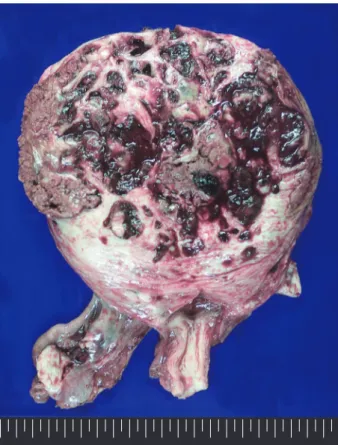Cavernous Hemangioma of the Uterus in a Postmenopausal Woman - A Case Report -
전체 글
수치

관련 문서
However, it is expected that in the case of biotech start-ups facing the Valley- of-Death, the shareholders’ equity value has a function of a growth option in real
(in case of partially miscible and form a low-boiling azeotrope).
A suspension of platinum black and carbon powder in ethanol-water solutions serves to optimize the uniformity of the coating, electrical conductivity, and in the case of
The index is calculated with the latest 5-year auction data of 400 selected Classic, Modern, and Contemporary Chinese painting artists from major auction houses..
1 John Owen, Justification by Faith Alone, in The Works of John Owen, ed. John Bolt, trans. Scott Clark, "Do This and Live: Christ's Active Obedience as the
Second, to see a similarity factor among the relation between a factor which forms peer group and the attitudes toward school life, in case of the
This paper is a case study on how Venture and Small-Business Executives managers can take advantage of their intuitions in situations where the
Generally, in case that we predict the vibration by blasting, we compute it on the basis of the charge weight per delay but in case of shocking